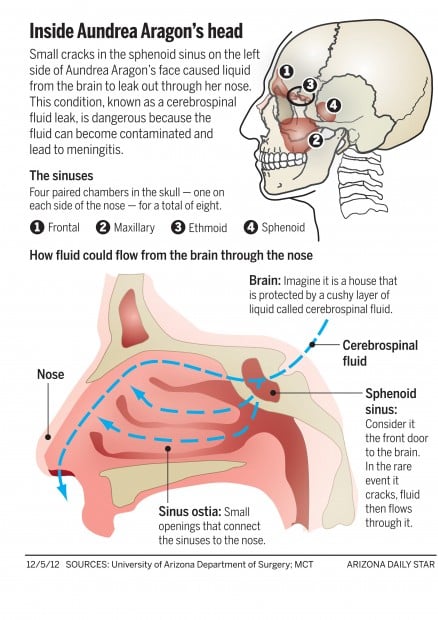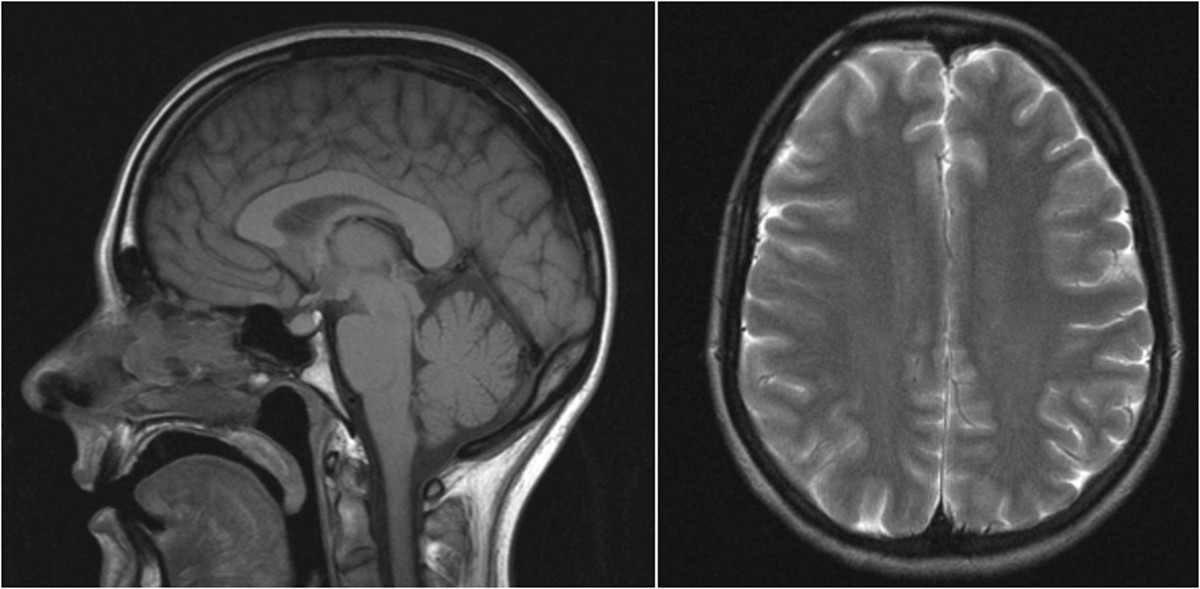



History of traumatic CSF leakage should be enquired as this could be the route of entry for microorganism and can be acute or delayed following the incident head trauma. Furthermore, involvement of frontal sinus is also common in BSF and even considered high risk given association with contusions to the anterior portion of the frontal lobes and with dural tears with possibility of CSF leak (Fig. However, the junction between the cribriform plate and relatively thinner ethmoid labyrinth containing ethmoidal air cells is particularly vulnerable to traumatic injuries as a result of change in the bone density between these structures. The cribriform plate of the ethmoid bone is a horizontal plate that is connected to the ethmoid notch of the frontal bone and forms a thick and strong bone complex. The degree of deformation and extent of fracture/defect following skull fracture are dependent on many factors, one of the most important among which is the physical properties of the skull-bones including their thickness and elasticity. Ethmoid and frontal bone are very commonly involved in BSF. Given anatomical proximity of meninges and brain to the inner surface of skull, BSF can produce dural tear leading to CSF leak. Basilar skull fractures (BSFs) are one of the most common skull fractures. According to current evidence, 30–40% of blunt head injuries are associated with skull fractures. Case Reportīlunt head trauma is very common and most frequently associated with traffic accidents, fall from heights, sports, or workplace injury, etc. We also review the literature about PTM emphasizing on the epidemiology, anatomical and pathophysiological basis, and management principles. We report a case of meningitis who was found to have a base of skull (BOS) defect and cerebral spinal fluid (CSF) leakage as a result of a trivial head trauma years back. There are some differences in the antimicrobial management of PTM as compared to CAM. However, identification of PTM could be challenging especially if this happened years back following a trivial closed-head trauma. The basic principles of meningitis management remain the same irrespective of the predisposing factors and cause. Meningitis is an emergency condition which has high incidence of mortality and neurological sequelae in the absence of treatment. However, owing to the potential intrinsic risk factors of head trauma and traumatic brain injury on the rise, post-traumatic meningitis (PTM) is an important entity. In this era of widespread vaccination, the incidence and mortality from community-acquired meningitis (CAM) have declined significantly. He was treated with antibiotics and referred to surgical specialties for repair of BOS defect as well as given pneumococcal vaccine to prevent further episodes of meningitis. Here, we present a case of CAM with remote history of close head trauma and cerebrospinal fluid rhinorrhea for years who was found to have base of skull (BOS) defect on imaging of skull. The role of internist is to provide holistic management in these patients which includes not only antimicrobial treatment but also timely referral to surgical specialties if required as well as vaccination to prevent further episodes. Knowledge about pathophysiological, anatomical, and microbiological context of community-acquired PTM is required in order to manage these patients. Therefore, meticulous clinical assessment is necessary to identify cases of community-acquired PTM. However, closed-head trauma can be associated with community-acquired meningitis (CAM), and this history can often be missed especially if it is remote or trivial in nature. Hence, internists do not often come across these patients. Most cases of post-traumatic meningitis (PTM) occur following immediate head trauma or neurosurgical procedures.


 0 kommentar(er)
0 kommentar(er)
